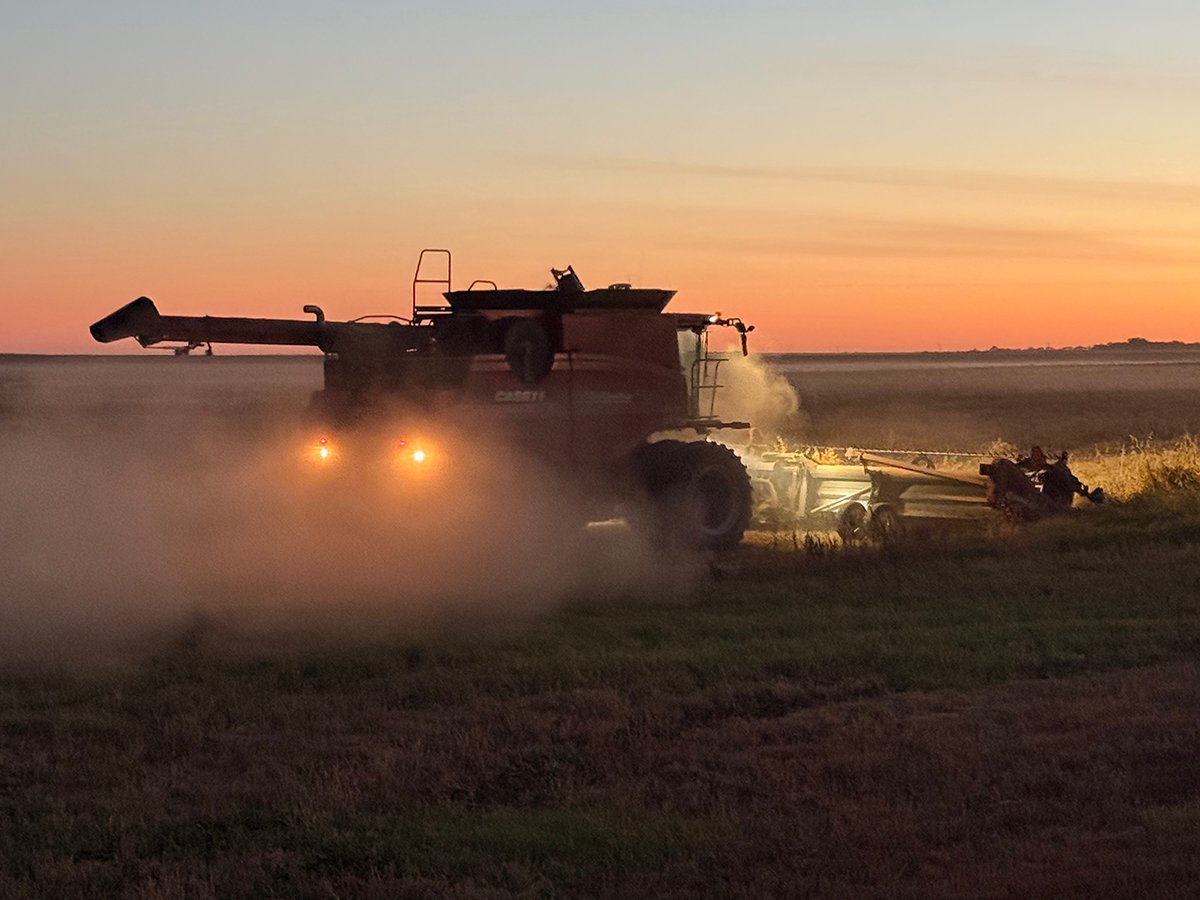When I was hired at The Western Producer, my bosses didn’t warn me I’d be wrestling with goats.
But there I was, standing in the Wolverine community pasture chatting with goat meat producer Brian Payne when the scene played out like an episode of Benny Hill.
The conversation was great: a demonstration project had several hundred of Payne’s animals from Caprina Farm & Ranch grazing alongside cattle west of Lanigan, Sask. Neat stuff.
I had shoved a notebook in my back pocket to free up a hand as I juggled a camera, voice recorder and a fistful of pens out in the field. That’s when one of Payne’s animals made itself, ahem, intimately familiar with that back pocket.
Read Also

Downturn in grain farm economics threatens to be long term
We might look back at this fall as the turning point in grain farm economics — the point where making money became really difficult.
I turned around to find a dozen pages of my handwritten notes going down the throat of a goat.
“You’ve made some questionable choices in the past, Yates,” I said to myself. “This is another.”
Without hesitation, I stuck a few fingers in the goat’s mouth, planted my right foot and start pulling out every scrap of paper I could.
I’m proud to say I won and that I still have 10 fingers. Looking back, I have to smirk: it’s easily the weirdest thing I’ve ever been paid to do.
While I doubt I’ll take up goat farming in my lifetime —I shouldn’t be entrusted with the care of any living creature — and I’m unsure if we’ll commonly see goats grazing alongside cattle across the Prairies, the possibilities are intriguing.
Payne presented a strong case for the goat industry. He talked of growing opportunities within emerging communities, how the industry can benefit from co-operation and of the lessons he’s learned over the past 20 years.
And when small ruminant specialist An Peischel explained how she employed goats in a reclamation project, bringing vegetation back to land covered in lava rock in Hawaii, a compelling case for holistic and sustainable land management starts to form.
Peischel argued goats are “biological land enhancers.” Really? I thought they were horned garburators.
“It is intensive management,” Peischel told me. “You don’t just put goats on land and leave them.”
At the very least, there might be more to these animals than their reputation indicates.
It’s a neat-o lesson to learn. Well worth the cost of a notebook.
















